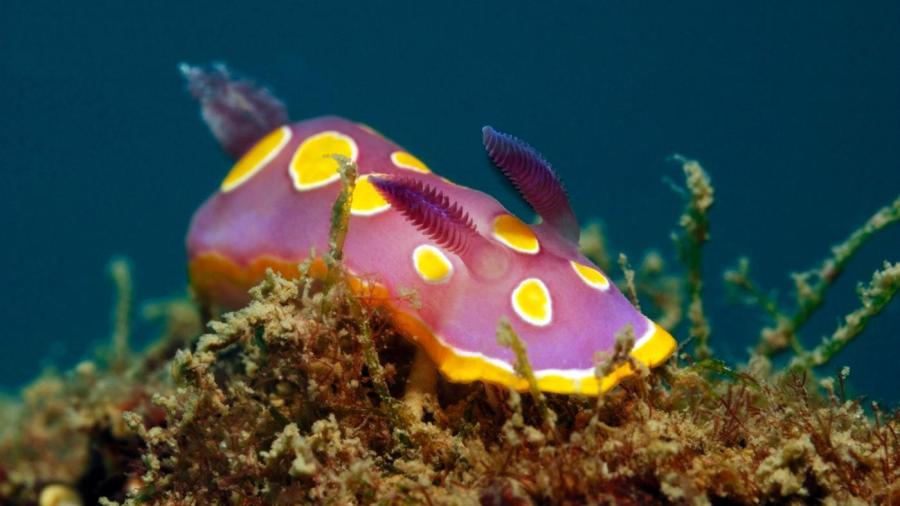What Are Examples of Ocean Decomposers?

Most of the decomposers in the ocean, at every trophic level, can be described as either animals or microbes. Animal decomposers live as scavengers, usually on the sea floor, and microbial decomposers, such as bacteria, can be found on nearly every surface or floating freely in the water.
Animal decomposers in the ocean can be from almost any phylum. Crustaceans are especially well-suited to life as scavengers. Crabs, lobsters and some species of shrimp live primarily or exclusively on the remains of dead animals. Among fish, decomposers tend to live at or near the bottom. The sleeper shark and the hagfish are industrious scavengers that can often be seen feeding on the carcasses of dead whales. Filter feeders, such as barnacles and some corals, also derive much or all of their energy from the so-called “marine snow,” which is the constant rain of organic detritus from shallow water.
Microbes abound in the ocean, and many of them subsist on dead plant and animal matter. Sulfophilic bacteria are able to flourish at depth, and colonies of them can be seen growing on bones that have settled on the sea floor. These bacteria extract lipids from bone tissue and release hydrogen sulfide as a waste product.





